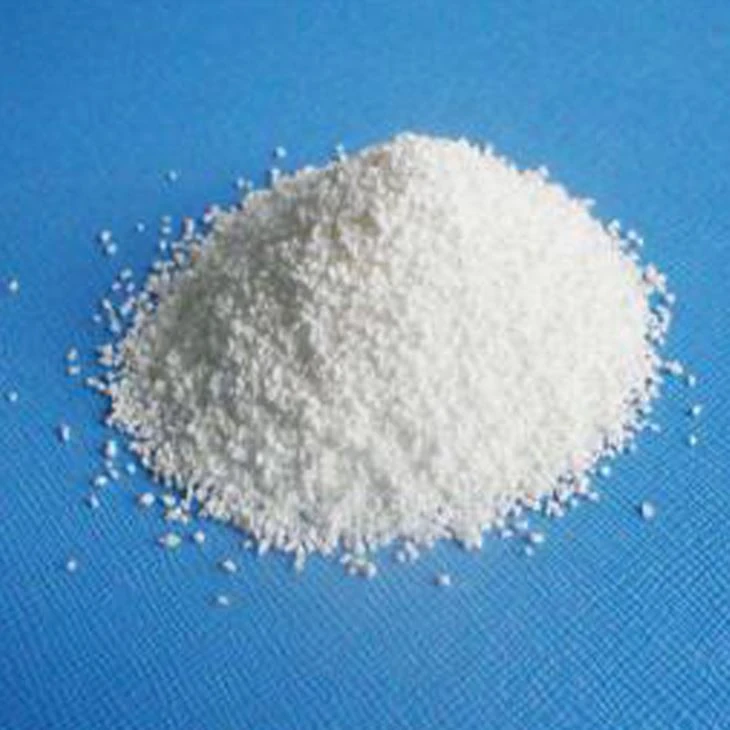



chlorine dioxide sterilization
Chlorine Dioxide Sterilization A Safer Alternative for Effective Disinfection
In the quest for effective disinfection and sterilization, the spotlight has shifted towards a powerful yet often overlooked compound chlorine dioxide (ClO2). While conventional disinfectants have served valuable purposes over the years, the increasing need for safety and environmental sustainability has made chlorine dioxide a popular choice for many industries. This article explores the chemistry, efficacy, and advantages of chlorine dioxide sterilization, highlighting its role in modern disinfection practices.
Understanding Chlorine Dioxide
Chlorine dioxide is a yellowish-green gas that, when dissolved in water, forms a pale yellow solution. As a powerful oxidizing agent, it is widely used in water treatment processes due to its ability to effectively kill bacteria, viruses, and other pathogens. Unlike traditional chlorine, chlorinated compounds, or hypochlorite, chlorine dioxide does not form harmful by-products such as trihalomethanes (THMs) when reacting with organic matter.
Mechanism of Action
The efficacy of chlorine dioxide as a sterilizing agent lies in its mechanism of action. It works primarily through oxidation, disrupting the cellular structures and metabolic functions of microbes. When ClO2 comes into contact with pathogens, it penetrates their cell walls, causing damage to proteins and nucleic acids. This leads to cell lysis and ultimately, the death of the microorganism. Due to its ability to maintain effectiveness across a wide range of pH levels and temperatures, chlorine dioxide is a versatile solution for various applications.
Advantages of Chlorine Dioxide Sterilization
1. Broad Spectrum Efficacy Chlorine dioxide is effective against a wide variety of pathogens, including bacteria, viruses, fungi, and even spores. This makes it an ideal choice for environments that require rigorous sterilization, such as hospitals, laboratories, and food processing facilities.
chlorine dioxide sterilization

2. Minimal Residue One of the significant drawbacks of traditional disinfectants is the potential for harmful residue. Chlorine dioxide, however, breaks down into harmless by-products, leading to a safer post-treatment environment. This property is particularly advantageous in sensitive environments like hospitals or food packaging.
3. Environmental Sustainability With growing concerns about ecological impact, the move towards environmentally friendly disinfectants is critical. Chlorine dioxide is considered a greener alternative, as it does not contribute significantly to air or water pollution. Its production processes also tend to have a lower carbon footprint compared to some conventional disinfectants.
4. Effective Against Biofilms Biofilms are complex colonies of microorganisms that adhere to surfaces and create challenges in disinfection. Chlorine dioxide has demonstrated efficacy in penetrating and disrupting biofilms, which is crucial in many industrial settings and healthcare facilities where biofilm formation can lead to persistent infection or contamination.
5. Safety Profile When handled correctly, chlorine dioxide is safe to use. Unlike its chlorine counterpart, which poses health risks at higher concentrations, chlorine dioxide can be used in controlled amounts without significant risk to human health. Proper training and safety measures should be implemented during handling and application to ensure user safety.
Applications in Various Industries
The applications of chlorine dioxide sterilization span multiple sectors. In healthcare, it is utilized for terminal cleaning of surgical suites, sterilizing medical instruments, and enhancing water quality in hospital water systems. In the food industry, it serves as a disinfectant in food processing plants, ensuring that surfaces and equipment are free from harmful microorganisms. Additionally, chlorine dioxide is used to treat water supplies, providing safe drinking water for communities by eliminating pathogens and improving taste and odor.
Conclusion
Chlorine dioxide sterilization stands out as a modern solution in the realm of disinfection and sterilization. Its broad-spectrum efficacy, minimal residue, environmental sustainability, and ability to combat biofilms make it a preferred choice across various industries. As we continue to face new challenges in public health and safety, chlorine dioxide offers a promising avenue for effective and safe sterilization practices. Embracing such innovative methods will not only help in maintaining high hygiene standards but also ensure a healthier future for all.
-
Why Strontium Carbonate Still MattersNewsJun.06,2025
-
Why BaSO4 MattersNewsJun.06,2025
-
Why Barium Carbonate Still MattersNewsJun.06,2025
-
Strontium Hydroxide: A Versatile Compound for Modern ApplicationsNewsJun.06,2025
-
Strontium Chloride in Daily IndustryNewsJun.06,2025
-
Pure Potassium Nitrate for SaleNewsJun.06,2025
-
What Is Sodium Bisulfate Used For?NewsMay.15,2025










